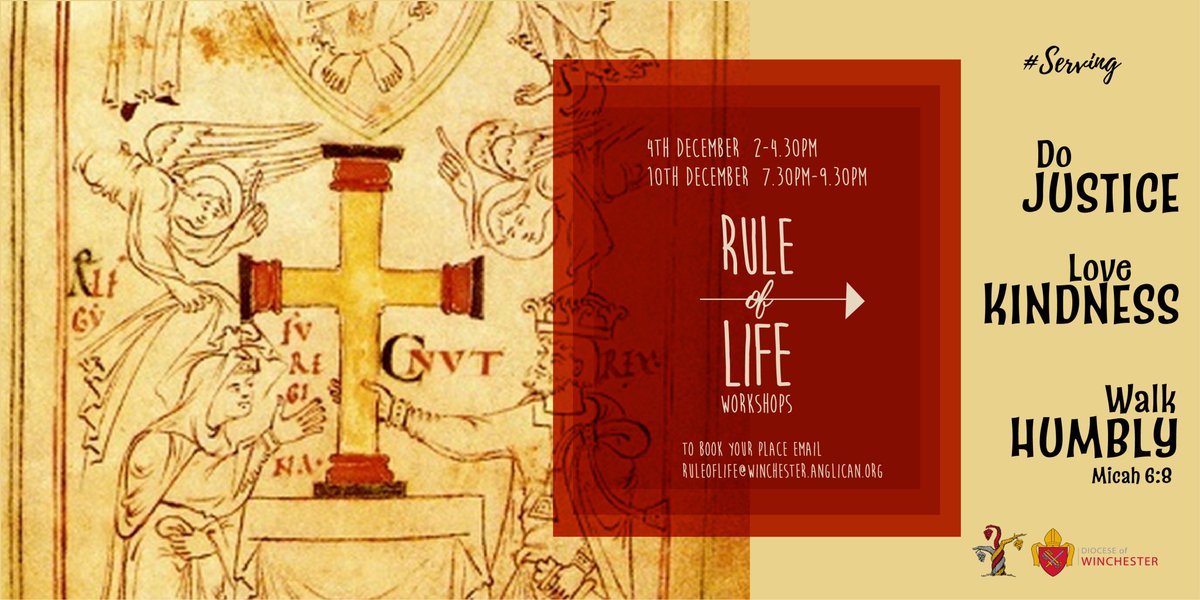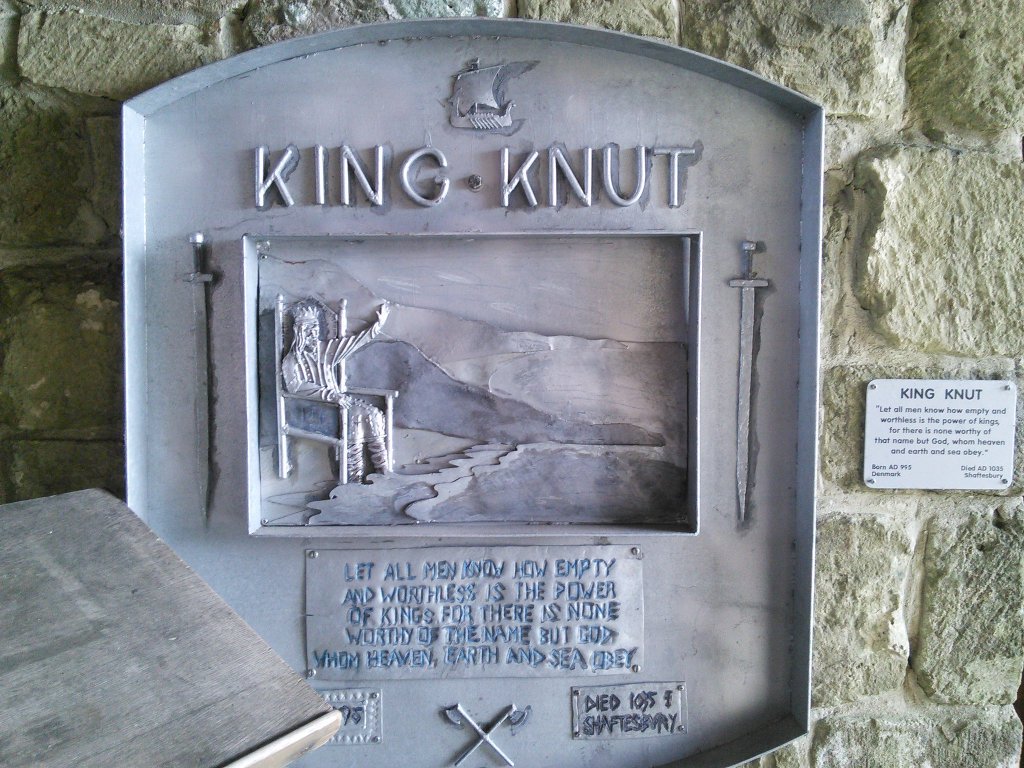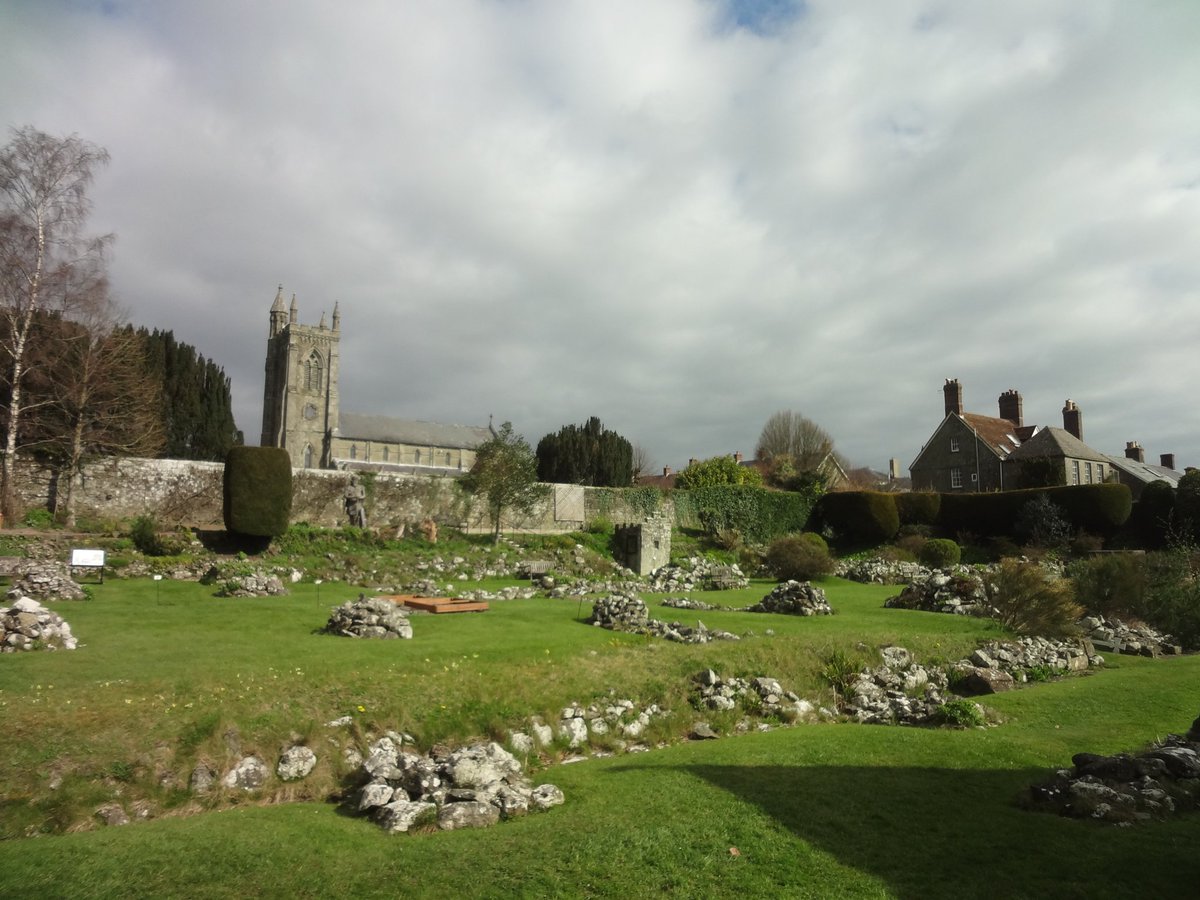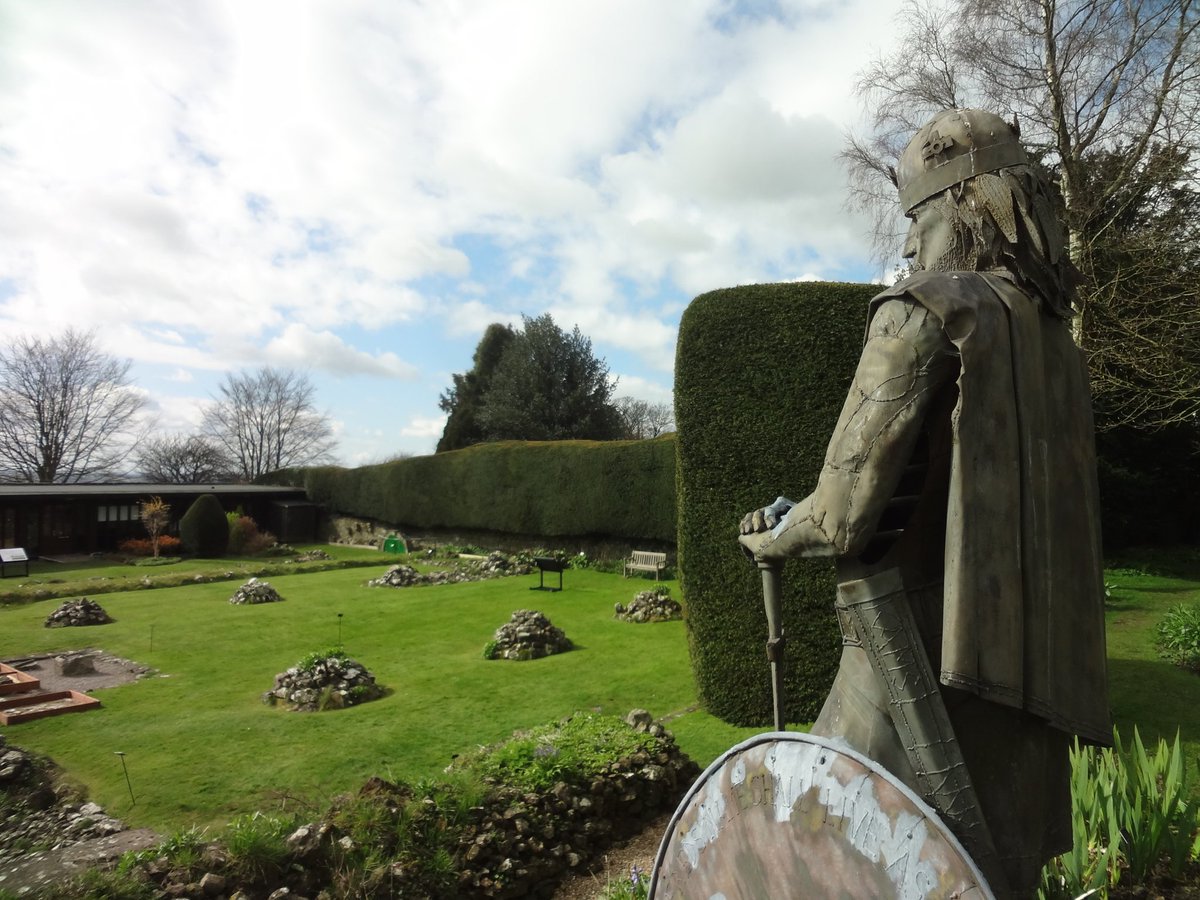Cnut died on 12 November 1035, ruler of a Scandinavian empire which included Denmark, Norway, England and part of Sweden. In medieval English tradition he was remembered as one of the greatest of kings, who knew the limits of his power over earth and sea https://aclerkofoxford.blogspot.com/2013/11/cnut-and-waves.html">https://aclerkofoxford.blogspot.com/2013/11/c...
This image of Cnut and his wife Emma giving a cross to Winchester (c.1031) is a representation of earth meeting heaven, royal power aiming to mirror the divine. It& #39;s an image which clearly still speaks to modern audiences - I spotted this recently from the Diocese of Winchester!
The manuscript was made for a monastery in Winchester which was destroyed at the Dissolution, and so the book is now in the British Library. It& #39;s fascinating to see how once made publicly accessible, it can be digitally & #39;returned& #39; to Winchester and repurposed for new ends.
At this time in November 1016, Cnut and Edmund Ironside had split England between them: Cnut was king in the north, Edmund in the south. It reflected a crucial regional divide, which complicates simple narratives about English history https://aclerkofoxford.blogspot.com/2019/10/an-alternative-history-of-england.html">https://aclerkofoxford.blogspot.com/2019/10/a...

 Read on Twitter
Read on Twitter








